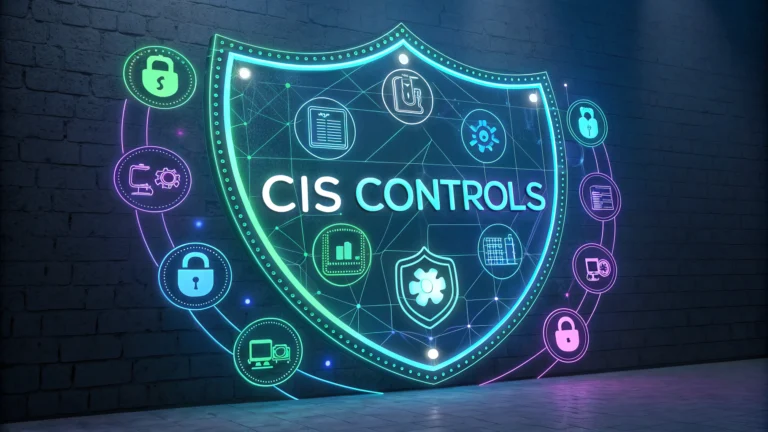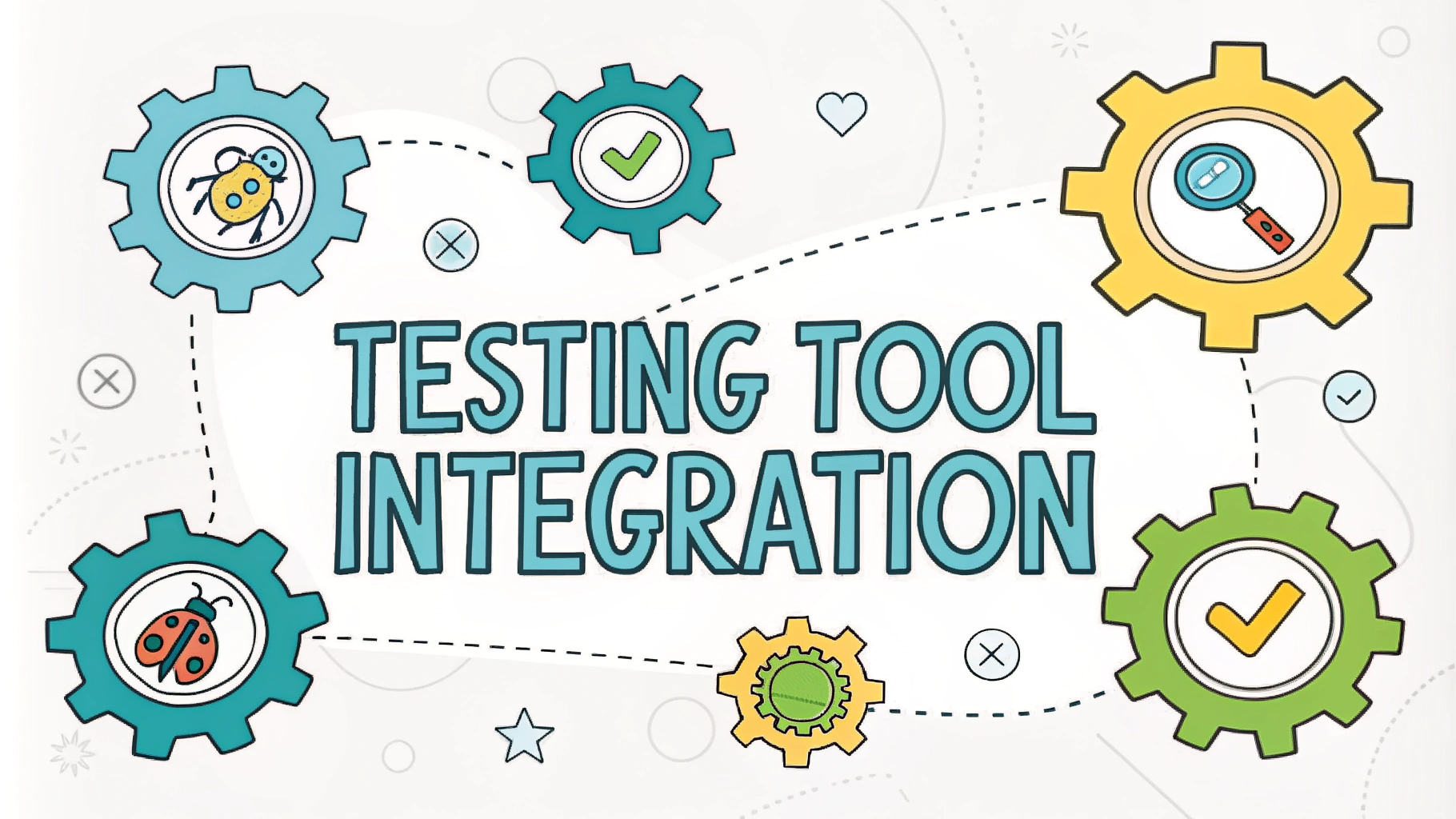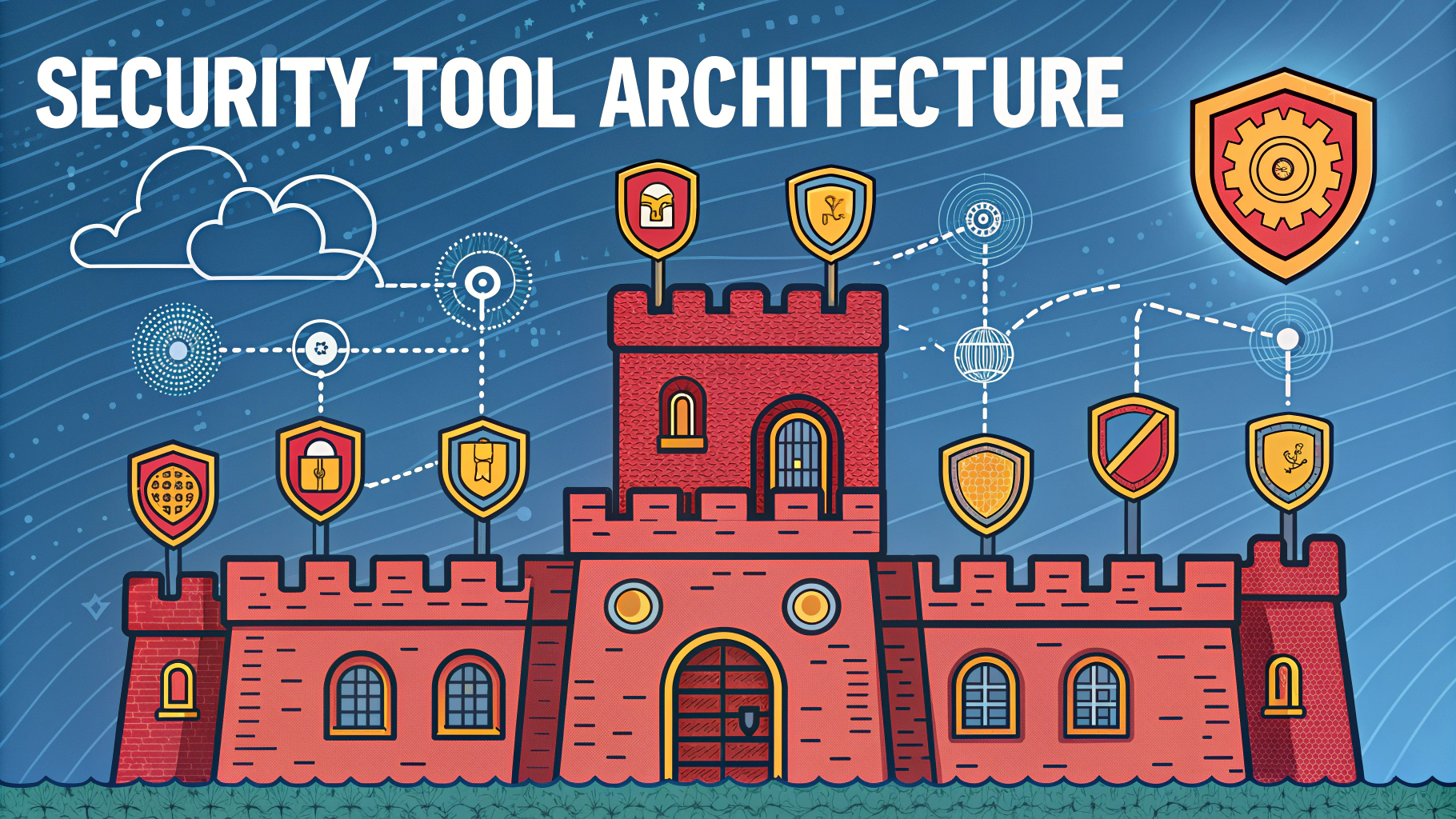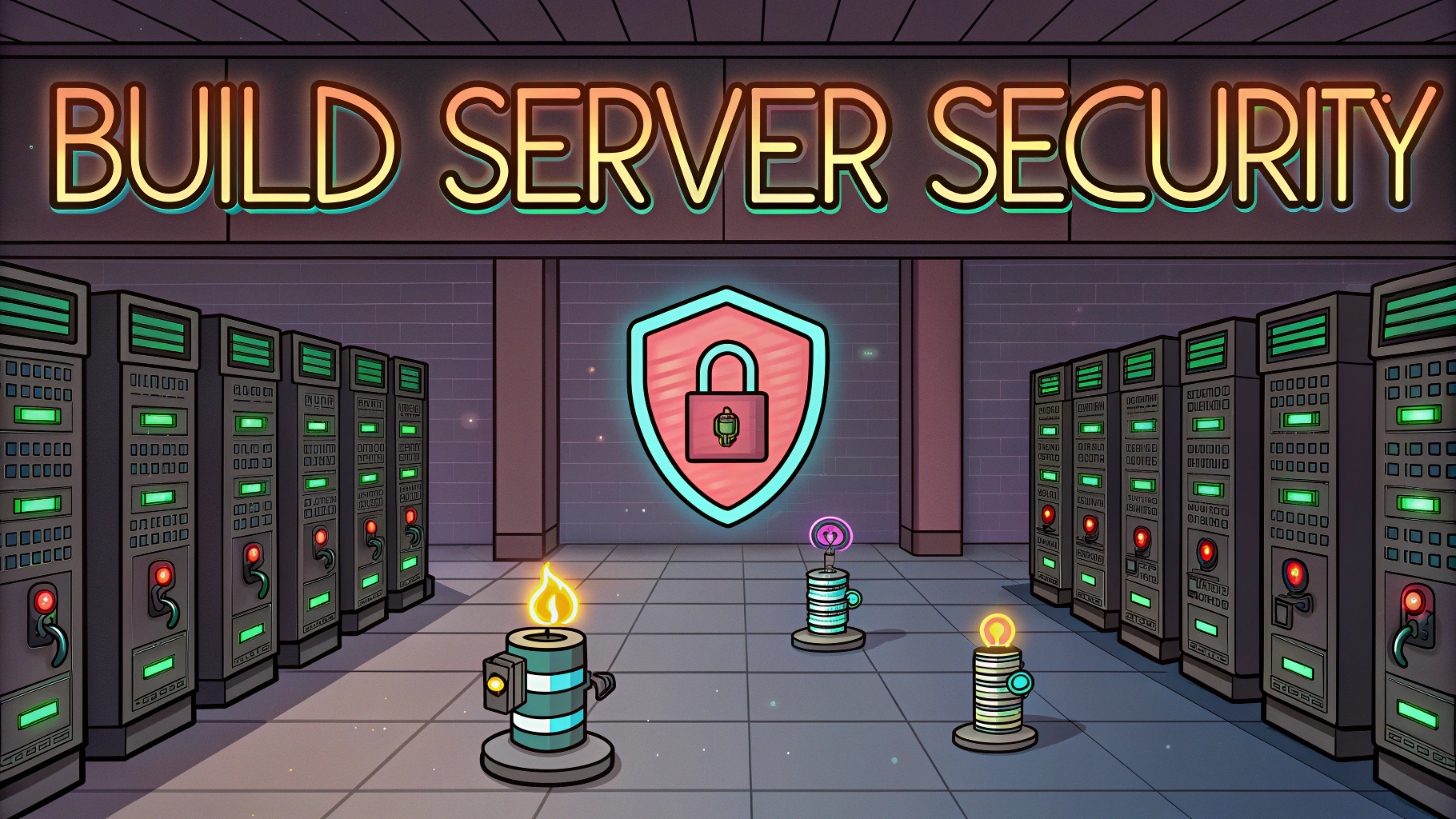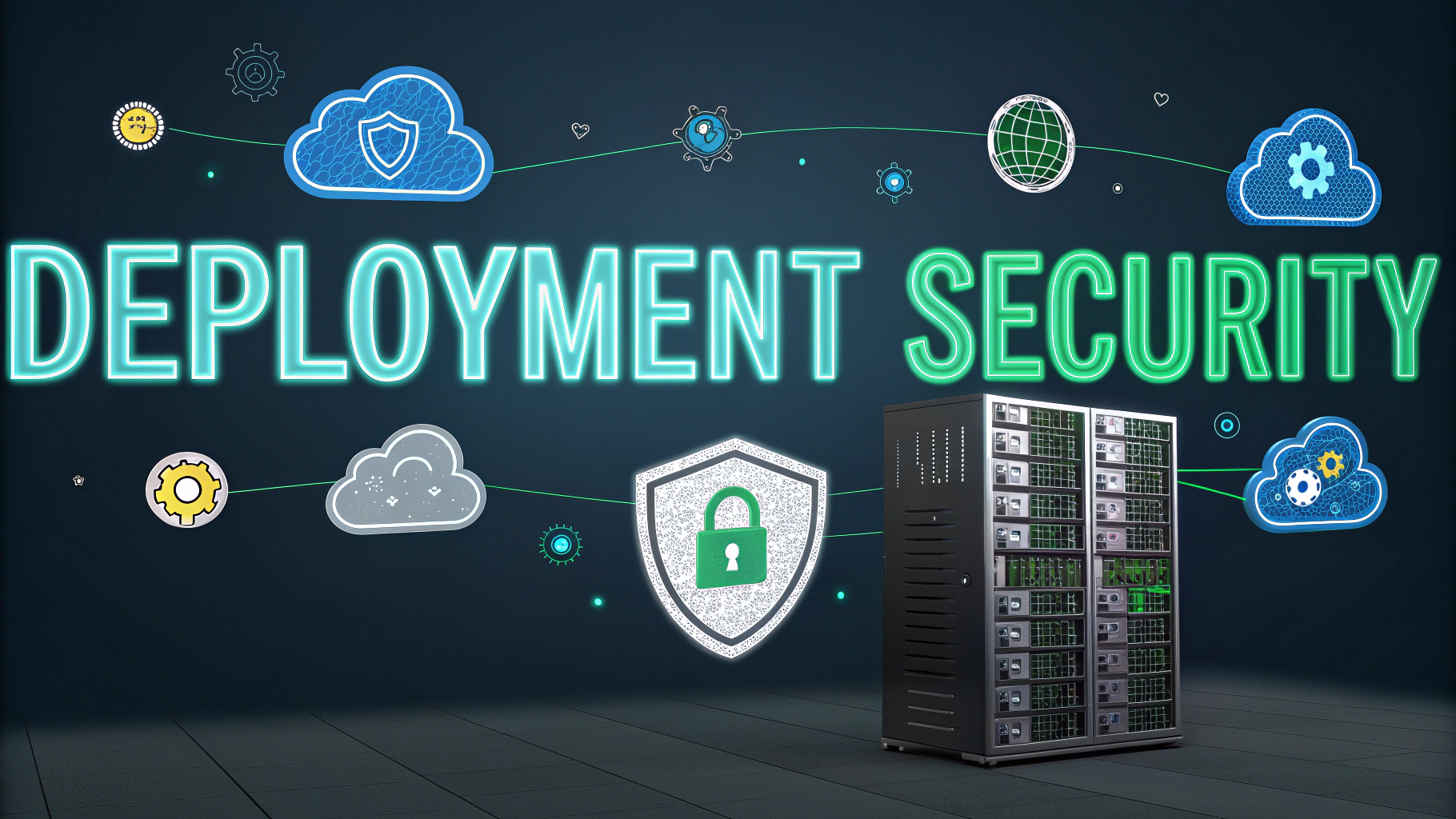CIS Controls provide a structured framework for organizations to improve their cybersecurity posture through penetration testing and other security measures.
Penetration testing serves as a key component within the CIS Controls framework, helping organizations identify and remediate security vulnerabilities before malicious actors can exploit them.
This guide examines how penetration testing aligns with CIS Controls and provides practical steps for implementation.
Understanding CIS Controls and Penetration Testing
The Center for Internet Security (CIS) Controls consist of 18 specific actions organizations should take to protect their systems and data.
- Basic Controls (1-6): Focus on fundamental security practices
- Foundational Controls (7-16): Address technical security measures
- Organizational Controls (17-18): Cover security policies and training
Key Penetration Testing Requirements in CIS Controls
- Control 3: Continuous Vulnerability Management
- Control 17: Implement a Security Awareness Program
- Control 18: Application Software Security
Implementation Steps
- Scope Definition
- Identify critical assets and systems
- Define testing boundaries
- Set clear objectives
- Testing Schedule
- Annual comprehensive assessments
- Quarterly targeted testing
- Post-incident verification
Types of Required Testing
| Test Type | Frequency | Focus Area |
|---|---|---|
| External Network | Quarterly | Internet-facing systems |
| Internal Network | Semi-annual | Internal infrastructure |
| Application Security | Before major releases | Web applications |
Documentation Requirements
- Detailed test plans
- Scope documents
- Results reports
- Remediation recommendations
Recommended Tools
- Network Scanning: Nmap, Nessus
- Web Application Testing: OWASP ZAP, Burp Suite
- Wireless Testing: Aircrack-ng, Wireshark
Moving Forward with Security
Regular penetration testing aligned with CIS Controls helps organizations maintain a strong security posture.
For more information about CIS Controls and penetration testing standards, contact:
- Center for Internet Security: www.cisecurity.org
- NIST National Vulnerability Database: nvd.nist.gov
Best Practices for Testing Success
- Maintain detailed documentation throughout the testing process
- Establish clear communication channels with stakeholders
- Follow a risk-based approach to prioritize testing efforts
- Ensure proper authorization before beginning any tests
Common Testing Challenges
Technical Challenges
- Complex network architectures
- Legacy systems compatibility
- Cloud infrastructure testing
- IoT device security assessment
Organizational Challenges
- Resource allocation
- Scheduling constraints
- Stakeholder coordination
- Budget limitations
Remediation Strategies
- Risk Assessment
- Prioritize vulnerabilities
- Evaluate potential impact
- Consider exploitation likelihood
- Action Planning
- Develop fix timelines
- Assign responsibilities
- Allocate resources
Strengthening Your Security Framework
Regular penetration testing combined with CIS Controls implementation creates a robust security foundation. Organizations should:
- Continuously update testing methodologies
- Maintain compliance with industry standards
- Invest in security training and awareness
- Review and adjust security measures based on test results
Remember to validate remediation efforts through follow-up testing and maintain ongoing security assessments to stay ahead of emerging threats.
FAQs
- What are CIS Controls and how do they relate to penetration testing?
CIS Controls are a set of 18 prioritized safeguards to mitigate common cyber attacks. Penetration testing is used to validate these controls by actively testing their effectiveness and identifying security gaps. - How often should penetration testing be performed according to CIS Controls?
CIS Controls recommend conducting penetration testing at least annually and after any significant infrastructure or application changes to maintain security posture and compliance. - Which CIS Control specifically addresses penetration testing?
CIS Control 17, specifically sub-control 17.5, explicitly addresses penetration testing requirements as part of the “Implement a Security Awareness and Training Program” control. - What types of penetration testing are required by CIS Controls?
CIS Controls require both external and internal penetration testing, including network layer testing, application layer testing, and tests from both outside and inside the network perimeter. - How do CIS Controls help structure penetration testing scope?
CIS Controls provide a framework for defining testing scope by prioritizing critical security controls, helping organizations focus penetration testing efforts on the most important security aspects first. - What documentation is required for penetration testing under CIS Controls?
Organizations must maintain detailed documentation of all penetration testing activities, including scope, methodology, findings, remediation recommendations, and post-remediation validation results. - How do CIS Controls integrate penetration testing with vulnerability management?
CIS Controls require organizations to correlate penetration testing results with vulnerability scanning findings to provide a comprehensive view of security weaknesses and prioritize remediation efforts. - What role does red teaming play in CIS Controls penetration testing?
Red teaming is recommended as an advanced form of penetration testing under CIS Controls to simulate real-world attacks and test the organization’s detection and response capabilities. - How should organizations handle penetration testing findings according to CIS Controls?
Organizations must establish a formal process to track, prioritize, and remediate findings from penetration tests, with clear timelines and accountability for addressing identified vulnerabilities. - What qualifications should penetration testers have according to CIS Controls?
Penetration testers should be qualified professionals with relevant certifications (such as CEH, OSCP, or GPEN) and demonstrate expertise in testing methodologies aligned with CIS Controls.
